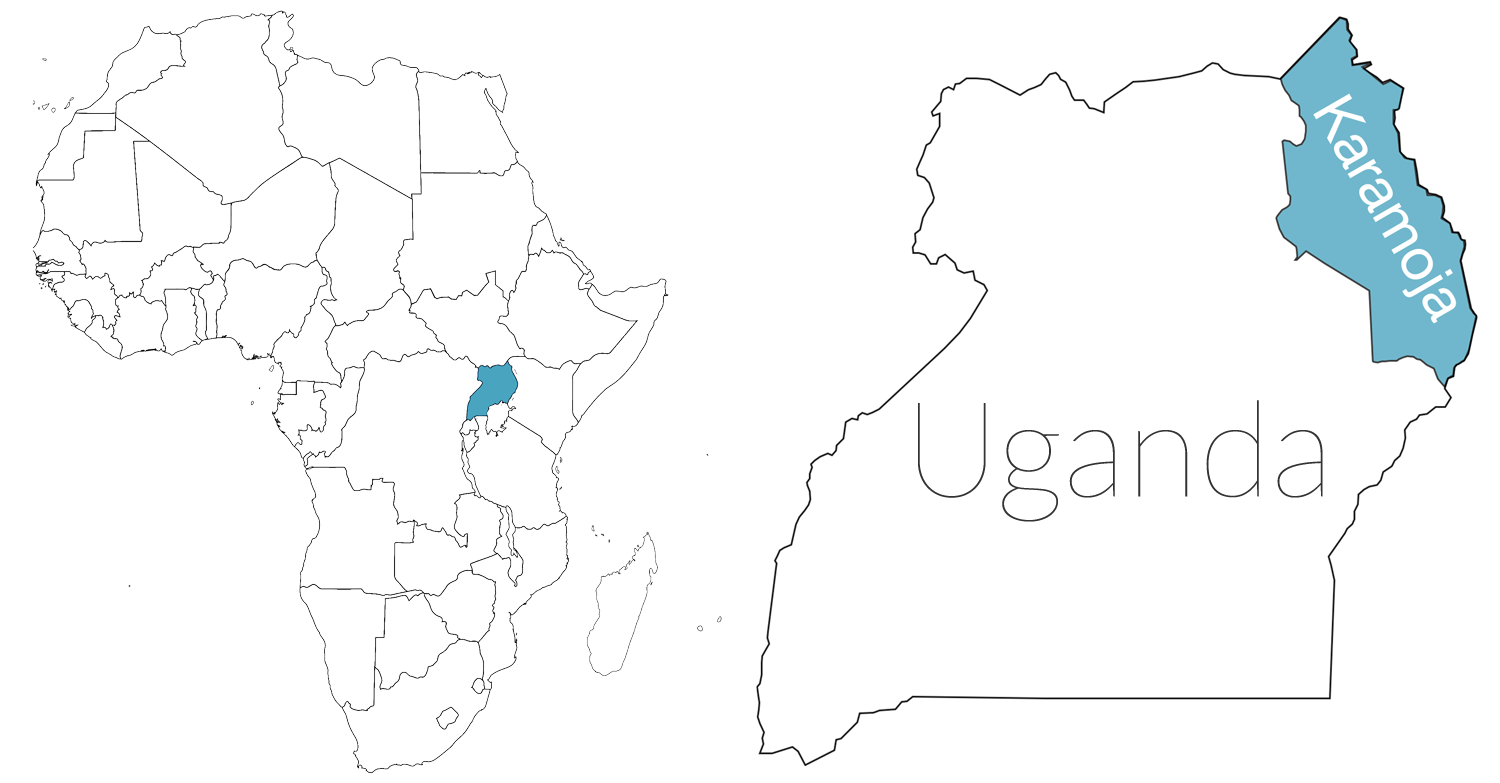situation
Wellbeing, conditions and quality of life of the inhabitants are in constant decline. Critical factors are environmental degradation, insecurity, marginalization, illiteracy, the lack of hygiene and the general lack of infrastructure. Poverty is increasing and, according to Karimojong sources, the main factors responsible are the chronic poverty of crops due to long periods of drought, the thefts armed of livestock and the climate of insecurity generated by them, the death of cattle, the lack of water, insufficient agricultural practices, precarious health and disability, lack of expertise and unemployment, very high prices for talents, limited sources of income, a non-existent administration and government and lack of territory helpful.
in the past
The 1980 famine throughout Karamoja, in terms of mortality rate, was one of the worst in history. 21% of the population lost their lives, including 60% of children. Currently there is a similar phenomenon occurring and we may expect comparable death rates, unless emergency punctual aid is not distributed continuously (WPF forecasts).
human development index
The human development index is on average 0.18 (Uganda 0.45 and Switzerland 0.87). While the human poverty index is 63.5% (Uganda 37.5% and Switzerland 10.7%)
territory
Sub-region characterized by savannas with seasonal vegetation, thorny bushes and some tree. The climate is extreme and the rains are scarce.
local population
Semi-nomadism regime. The economic activities are strongly connected to the breeding, as are the armed conflicts, very common in the region caused not only by the scarcity of pastures and water, but also by peculiar cultural realities.
1. The human development index, elaborated by the United Nations, is a measure that sums up the per capita income, the literacy and the life expectancy of a given region or nation. To know more,click here.

